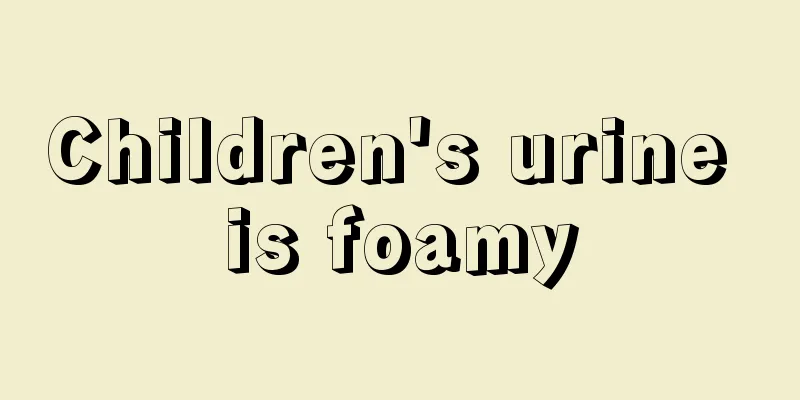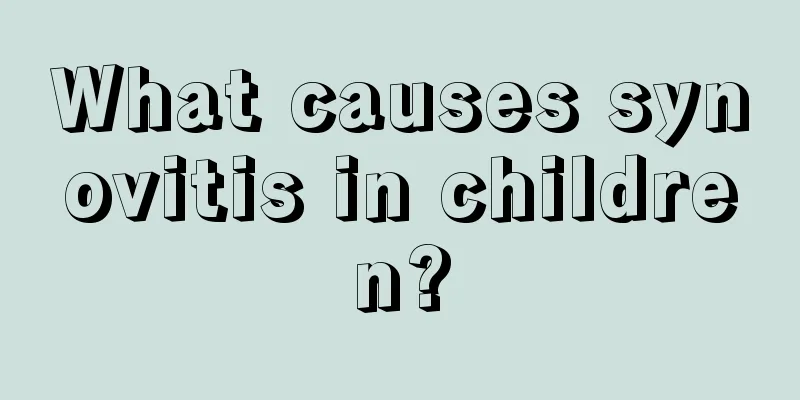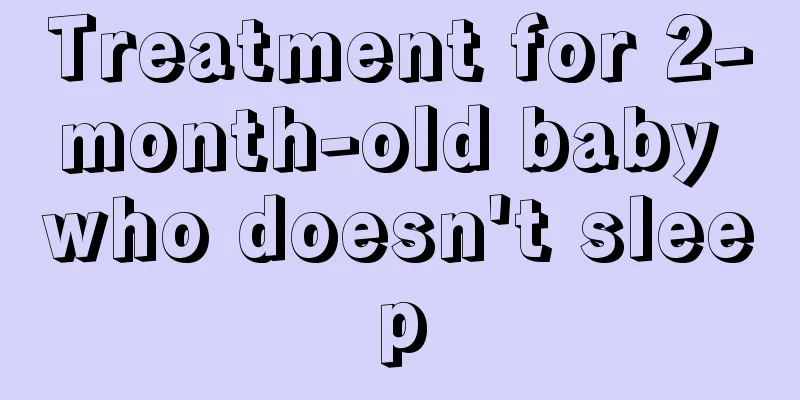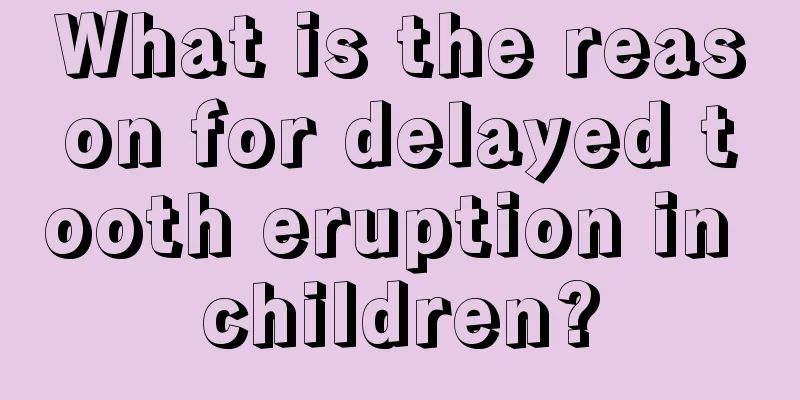Measles usually occurs after fever

|
Most of the time, the problem of growing rashes on the skin surface is caused by bacterial infection, so this disease is also considered skin inflammation. Measles is a type of skin inflammation. The incidence of this disease in babies is very high, mainly because the baby's skin and body resistance are relatively weak. But does measles, a skin disease, usually develop rashes only after the baby has a fever? Care for babies with fever and rash 1. Let the baby rest. The ward should be quiet, the air should be fresh, and the quilt should not be too thick or too much. 2. Keep the skin clean and hygienic, and wipe off the sweat on your child's body frequently to prevent him from catching a cold. 3. Let your child drink more boiled water or fruit juice to facilitate sweating and urination, and promote the excretion of toxins. 4. Eat liquid or semi-liquid food. 5. When the body temperature exceeds 39°C, you can wipe the child's body with warm water or 50% alcohol to prevent convulsions caused by high fever. 6. Appropriate use of antiviral drugs: When the baby starts to develop a rash after the fever subsides, take antiviral drugs such as ribavirin appropriately. Antibiotic treatment is generally ineffective. In addition, traditional Chinese medicine has a good effect in treating this disease. When the fever first occurs, you can take heat-clearing and detoxifying drugs under the guidance of a doctor. After the rash appears, take some detoxifying and rash-clearing drugs to help excrete pathogens and toxins in the body. 7. Reduce fever promptly when fever is high: The main symptom of roseola infantum in the early stage of the disease is high fever, so the focus of treatment is to reduce fever. Among them, physical cooling is a relatively safe method of reducing fever, but it may be difficult to reduce fever quickly when the body temperature is too high. There are many physical cooling methods. You can apply a towel soaked in cold water to the forehead, or take an alcohol and warm water bath to wipe the child's neck, armpits, elbows, groin and other wrinkled areas to help dissipate heat. 8. Deliberately and appropriately supplement vitamin C and vitamin B. 9. Roseola infantum is one of the few diseases in which the baby can go out to play and be exposed to the wind when the rash appears. However, Chinese medicine believes that the baby's constitution is weak at this time. If the baby sweats a lot, it is not recommended to go out to be exposed to the wind. How to treat rash after baby has fever This disease is a self-limiting disease (it can be cured without treatment); there is no specific medicine; correct care is more important than drug treatment. (1) Most books suggest that no treatment is needed. Personal advice: If other symptoms are not obvious, at least physical cooling should be performed. (2) Symptomatic treatment: taking antipyretic drugs (physical cooling; children's Motrin, Tylenol, Baifuning, etc.), antiviral drugs (antiviral oral liquid, Isatis root, children's Qingjie liquid, etc.) (3) If the temperature is too high, parents are advised to seek medical attention to prevent the baby from having a febrile convulsion (Note: Febrile convulsions generally have no sequelae and will not cause any fundamental damage to the baby, nor will they cause the baby to become "stupid" or have convulsions or other problems, but mothers will definitely be frightened by this. Considering this, seeking medical attention will make mothers feel more at ease). Convulsion medications are not suitable for home use, so they are not introduced in detail. (4) Special note: Antibiotics are not necessary to treat roseola infantum and are ineffective. On the contrary, the use of antibiotics may cause other diseases. Symptoms of rash after fever in baby There are two stages of rash after a baby has a fever. After a latent period of 5-15 days, the following symptoms will appear: 1. The body temperature reaches 39-40℃, but the child is in good condition. 2. Sometimes high fever convulsions occur, but some children also have symptoms such as cough, swollen lymph nodes in the neck, and ear pain. The second stage begins about 4 days after the onset of the disease. The symptoms at this time are: 1. Body temperature quickly returns to normal. 2. Small, clear pink spotted rashes appear, mostly on the head and trunk, and may last for about 4 days. |
<<: What ointment should I use for my baby's boils?
>>: How many days does the chickenpox rash last?
Recommend
Fever standards and treatment recommendations for young children
The standards and treatment suggestions for child...
What causes bleeding gums in children?
Bleeding gums is a common disease among children....
What is the cause of the sudden decline in children's vision?
Our eyes play a huge role in our daily lives. Onc...
What to do if your child has a fever for no reason
Every child will always encounter some health pro...
How to deal with children’s orthodontic treatment?
Orthodontic treatment refers to the correction of...
Can babies drink milk if they have stomachache and diarrhea?
After the baby is born, he is not yet adapted to ...
What medicine to use for children's eczema symptoms
It is very common for children to suffer from ecz...
One and a half year old baby has small granules on his chin
A baby's body is very different from that of ...
What should I do if my child’s hand is dislocated? Introducing the correct solution
If a child's hand is dislocated, it will defi...
What should I eat for a two month old baby?
Many two-month-old babies do not have enough immu...
How to treat cough in eight-month-old baby
We all know that babies have poor physical fitnes...
Fluid intake per hour for children
Children often suffer from symptoms of cold and f...
Is the rash on my baby's face caused by ringworm?
The baby's skin is very delicate and sensitiv...
Children's chest tightness, shortness of breath, and breathing difficulties
Some children are born with some hereditary disea...
What to do if children's feet are itchy
Once your child has itchy feet, he will be very i...









